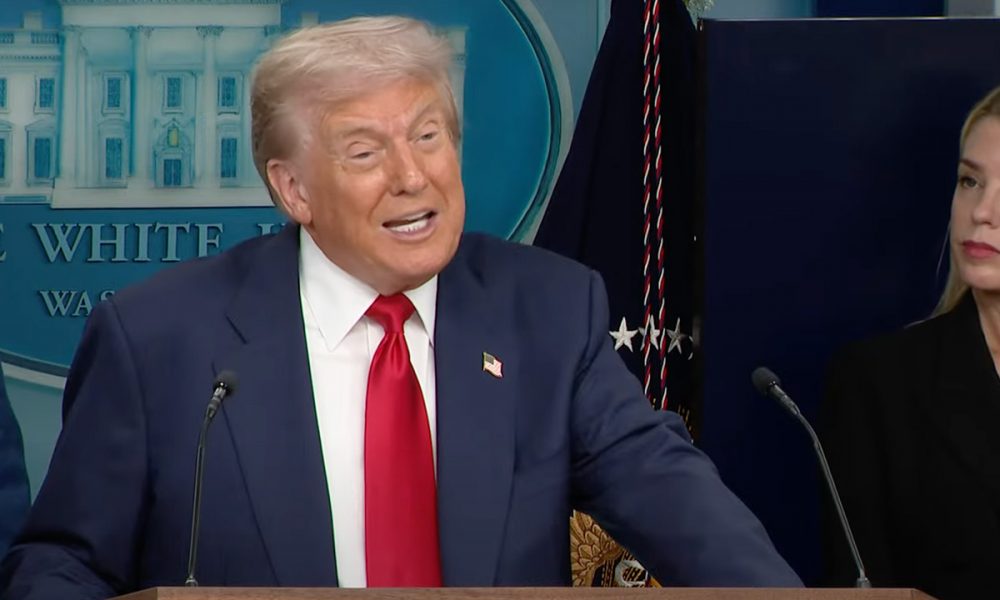T
he Washington, D.C. metro region stands out nationwide because its economy is so tightly woven with the federal government’s size, reach, and budget. Historically, shifts in presidential administrations have rarely rippled into local real estate, but the 2025 return of the current administration sparked immediate changes that touched politics and property alike—from downtown office towers to suburban homes in Maryland and Virginia. Policy moves and staffing adjustments are reshaping the market in tangible ways.
The office market has felt the most visible impact. Federal agencies, long the backbone of the District’s commercial space, are trimming staff and shrinking leased footprints. Early retirements, layoffs, hiring freezes, and reorganizations have pushed vacancy rates higher in downtown Washington and in suburban corridors such as Arlington, Alexandria, and Prince George’s County. While flagship buildings in the central business district remain largely protected by prestigious tenants and long‑term leases, older mid‑tier properties struggle to keep occupants. Landlords are offering generous incentives—extended rent‑free periods, substantial tenant improvement allowances—to lure private‑sector tenants. Some owners are even converting these spaces into residential units, hotels, or research labs, accelerating a trend toward adaptive reuse.
Federal employment has historically provided a stabilizing anchor for the region. Recent staffing cuts are beginning to erode that stability. Suburban communities that depend heavily on federal jobs—especially in parts of Maryland and Northern Virginia—are experiencing a softening in housing demand. Listings linger longer on the market, and sellers must lower expectations. In contrast, neighborhoods less tied to federal payrolls and those that attract private‑sector workers remain relatively robust. Areas with convenient transit and strong private industry, such as parts of Fairfax, Montgomery, and urban D.C., are proving more resilient.
The residential market is uneven. Core neighborhoods with scarce inventory still see multiple offers, driving up prices, particularly for renovated rowhouses and single‑family homes in high‑demand school districts. However, in commuter‑heavy suburbs closely linked to federal employment, the balance is shifting toward buyers. More listings, longer marketing times, and sellers willing to negotiate signal a cooling trend. Buyers are regaining leverage in some areas, while sellers in government‑dependent submarkets must price more competitively to attract offers. Investors are watching closely, spotting potential discounts in softening communities.
Rental dynamics mirror these patterns. Downtown and transit‑oriented neighborhoods that offer nightlife, jobs, and cultural amenities maintain steady or rising rents. Conversely, suburban rental markets tied to federal agencies are softening, with landlords offering perks such as free parking or a month’s rent waiver to reduce vacancies.
Multifamily developers are adjusting their strategies. Some projects are delayed or scaled back in slower submarkets, while others in prime urban or mixed‑use areas move forward. The long‑term outlook hinges on whether private‑sector job growth can offset the decline in federal demand.
White House policy choices are influencing the market in other ways. While the full impact of tariffs on imported goods remains to be seen, deregulation efforts could spur new construction despite higher costs and an uncertain labor market. Changes to retirement account rules—like ending the Windfall Elimination Provision (WEP) and the Government Pension Offset (GPO)—may channel more capital into real estate. Adjustments to immigration and work‑visa policies could reduce demand for high‑end rentals and home purchases by international professionals.
Investors are adapting swiftly. Some target distressed office properties for conversion, betting on demand for residential or mixed‑use redevelopment. Others focus on suburban markets less reliant on government, especially where private industries such as defense contracting, cybersecurity, and health care remain strong.
Looking ahead, the trajectory of the region’s real estate market will largely depend on how federal workforce policies evolve. Continued downsizing or relocation of agency headquarters could prolong softness in suburban housing and commercial office markets.
In 2025, the D.C. metro area has become more sensitive to political shifts than ever. Decisions made in Washington reshape not only policy but the very neighborhoods where those policies are debated. For investors, homeowners, and renters alike, the current administration underscores that the federal government is more than an employer or tenant here—it is the backbone of the entire regional economy.
Valerie M. Blake is a licensed associate broker in D.C., Maryland, and Virginia with RLAH @properties. Call or text her at 202‑246‑8602, email her via DCHomeQuest.com, or follow her on Facebook at TheRealst8ofAffairs.














